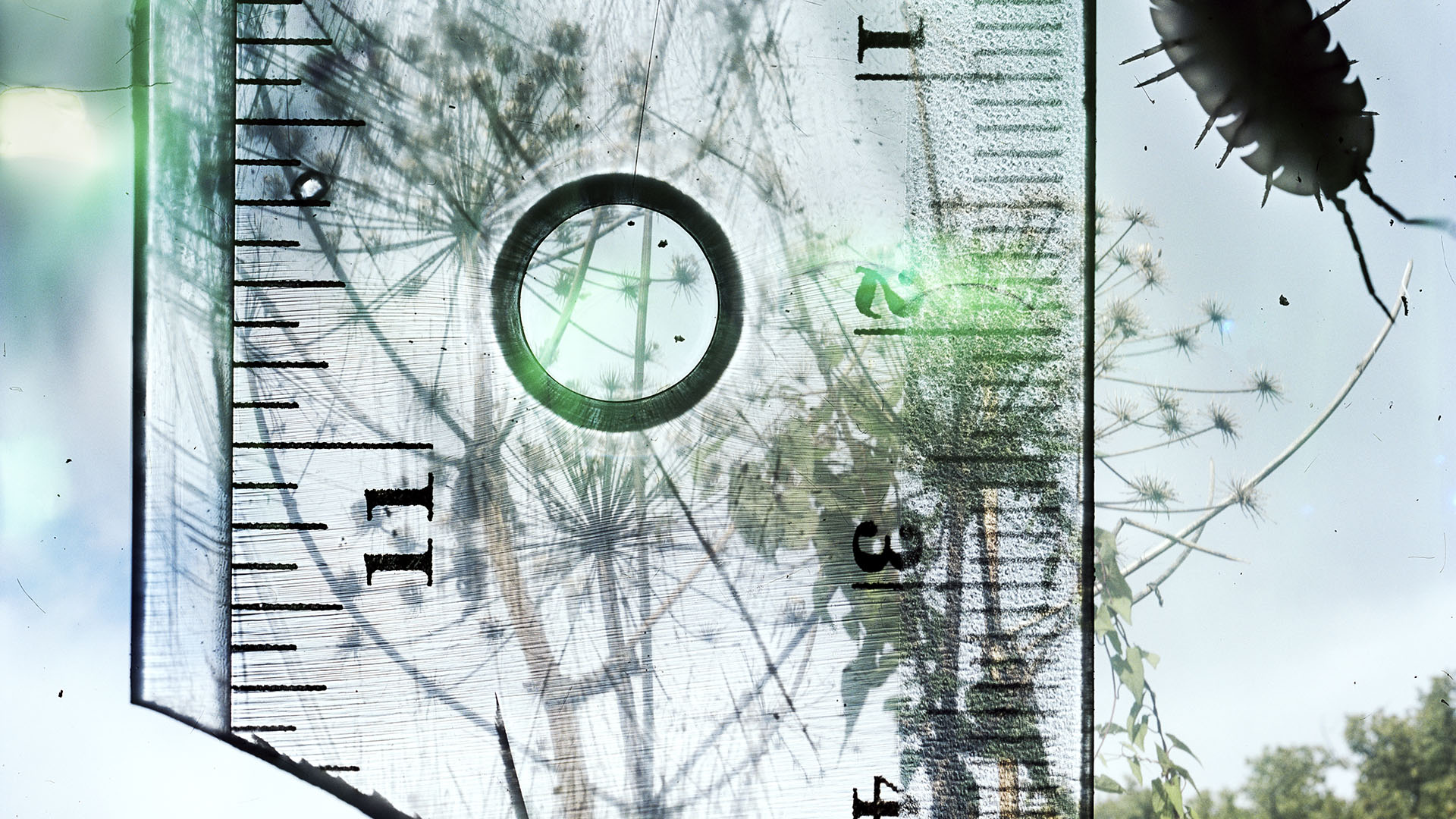The Stephen Gill exhibition, “Coming Up for Air”, is arranged over 6 rooms on two floors of Bristol’s Arnolfini Arts Building. Enter the museum and you enter a semi-brutal Grey Cube of an art space. Barbican-lite if you like.

You’re getting blind.
Don’t miss the best of visual arts. Subscribe for $9 per month or $108 $90 per year.
Already suscribed ?
Read more: Slugs, Snails, and Little Deer Tails


